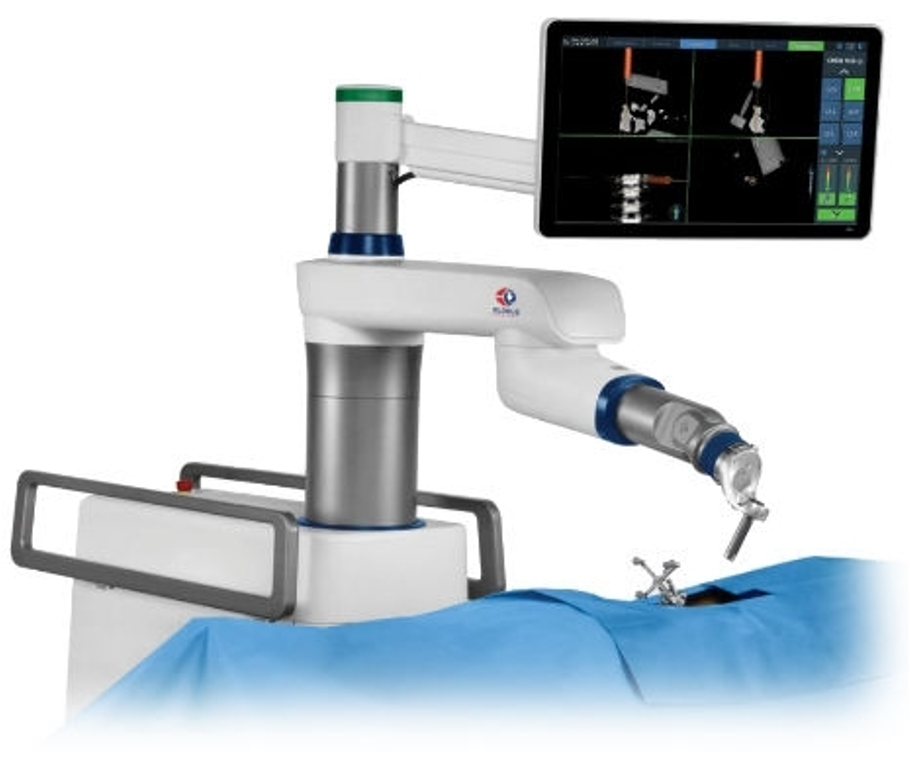AUTHORS
Brian A Karamian, Stephen L DiMaria, Andrew N Sawires, Jose A Canseco, Bryce A Basques, Gregory R Toci, Kris E Radcliff, Jeffrey A Rihn, I David Kaye, Alan S Hilibrand, Joseph K Lee, Christopher K Kepler, Alexander R Vaccaro, Gregory D Schroeder
JOURNAL
Global Spine J. 2021 Dec 7; 21925682211057491.
ABSTRACT
Study design: Retrospective cohort study.
Objectives: The purpose of this study is to compare patient-reported outcome measures (PROMs) for patients undergoing one-to three-level lumbar fusion using robotically assisted vs freehand pedicle screw placement.
Methods: Patients who underwent either robotically assisted or freehand pedicle screw placement for one-to three-level lumbar fusion surgery from January 1, 2014 to August 31, 2020 at a single academic institution were identified. Propensity score matching was performed based on demographic variables. Clinical and surgical outcomes were compared between groups. Recovery Ratios (RR) and the proportion of patients achieving the minimally clinically important difference (%MCID) were calculated for Oswestry Disability Index, PCS-12, MCS-12, VAS Back, and VAS Leg at 1 year. Surgical outcomes included complication and revision rates.
Results: A total of 262 patients were included in the study (85 robotic and 177 freehand). No significant differences were found in ΔPROM scores, RR, or MCID between patients who underwent robotically assisted vs freehand screw placement. The rates of revision (1.70% freehand vs 1.18% robotic, P = 1.000) and complications (.57% freehand vs 1.18% robotic, P = .546) were not found to be statically different between the 2 groups. Controlling for demographic factors, procedure type (robotic vs freehand) did not emerge as a significant predictor of ΔPROM scores on multivariate linear regression analysis.
Conclusions: Robotically assisted pedicle screw placement did not result in significantly improved clinical or surgical outcomes compared to conventional freehand screw placement for patients undergoing one-to three-level lumbar fusion.
Keywords: lumbar fusion; navigation; patient-reported outcomes; pedicle screw placement; robotically assisted surgery.


